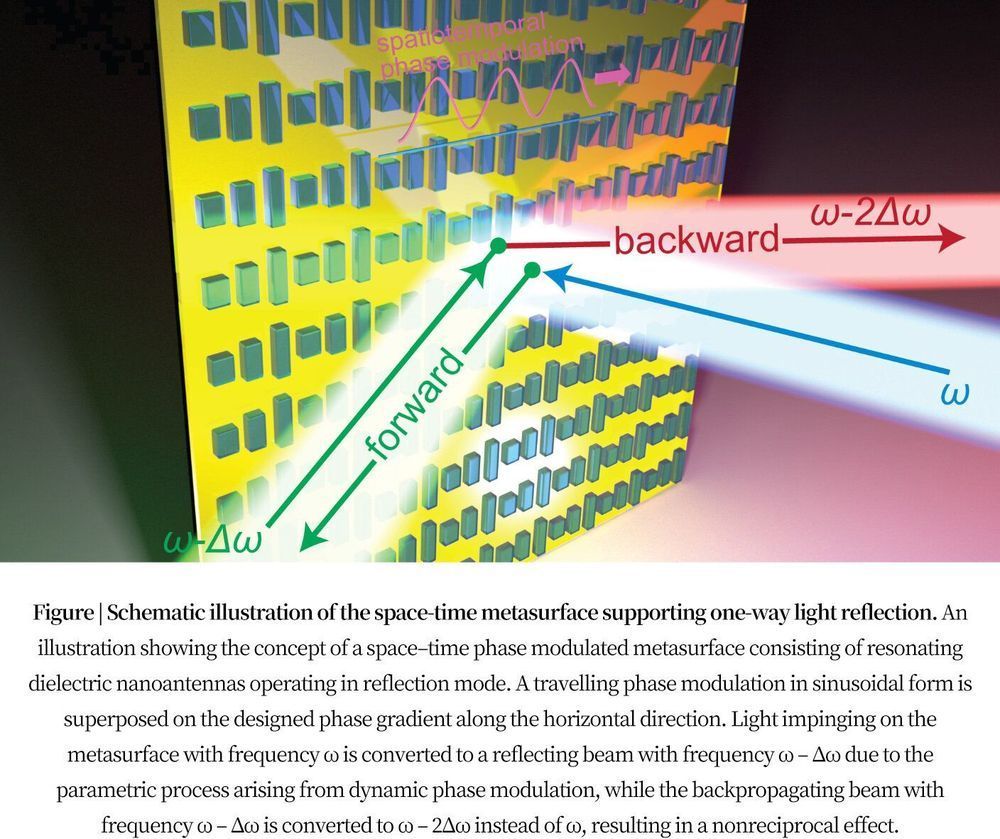Get the latest international news and world events from around the world.

You can preorder this flyer right now
Kitty Hawk says you can learn to fly this in 20 minutes.
A near indestructible gel made of mostly air
99.8% air and as strong as steel! 💪.
AI creates ‘Flintstones’ cartoons from text descriptions
AI is creating new ‘Flintstones’ scenes using just a simple text description.
Honda walking device
Life changing!
ESA’s CHEOPS Just Launched. We’re About to Learn a LOT More About Exoplanets
The CHEOPS mission is underway. On December 18th, the exoplanet-studying spacecraft launched from Europe’s Spaceport in Kourou, French Guiana aboard a Soyuz-Fregat rocket. Initial signals from CHEOPS show that the launch was a success.
CHEOPS stands for the Characterizing Exoplanet Satellite. It’s a partnership between ESA and Switzerland, with 10 other EU states contributing. Its mission is not to find more exoplanets, but to study the ones we already know of.
It’ll watch as these exoplanets transit in front of the star, the same way we’ve found most of the exoplanets we’ve discovered to date. But CHEOPS will be focusing on the dips in starlight with a specific intent: to find the planets’ size.


Space-time metasurface makes light reflect only in one direction
Light propagation is usually reciprocal, meaning that the trajectory of light travelling in one direction is identical to that of light travelling in the opposite direction. Breaking reciprocity can make light propagate only in one direction. Optical components that support such unidirectional flow of light, for example isolators and circulators, are indispensable building blocks in many modern laser and communication systems. They are currently almost exclusively based on the magneto-optic effect, making the devices bulky and difficult for integration. A magnetic-free route to achieve nonreciprocal light propagation in many optical applications is therefore in great demand.
Recently, scientists developed a new type of optical metasurface with which phase modulation in both space and time is imposed on the reflected light, leading to different paths for the forward and backward light propagation. For the first time, nonreciprocal light propagation in free space was realized experimentally at optical frequencies with an ultrathin component.
“This is the first optical metasurface with controllable ultrafast time-varying properties that is capable of breaking optical reciprocity without a bulky magnet,” said Xingjie Ni, the Charles H. Fetter Assistant Professor in Department of Electrical Engineering at the Pennsylvania State University. The results were published this week in Light: Science and Applications.